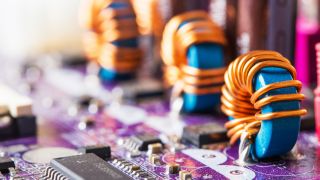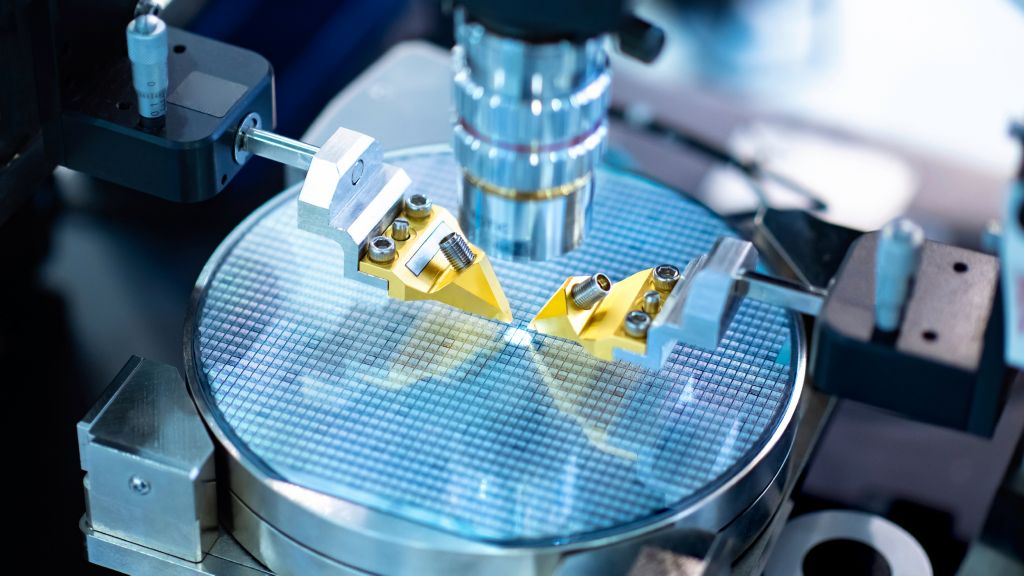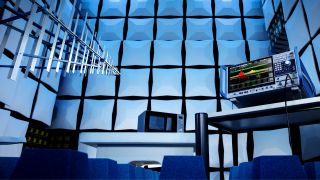Conceptions électroniques et test de composants
Solutions pour des tests de vérification de conception et en fabrication
Les tests électroniques sont la pierre angulaire du développement produit, fournissant des informations précieuses sur la fonctionnalité, la durabilité et la conformité avec les normes obligatoires.
Chez Rohde & Schwarz, nous comprenons le rôle essentiel que joue le test dans le cycle de vie des produits électroniques. Nos solutions de test complètes incluent une large gamme de méthodologies et de techniques répondent aux divers défis et besoins de l'électronique moderne.
De la phase de conception initiale jusqu'à la production, nos solutions de test sont conçues afin d'optimiser la performance, réduire les risques et accélérer la mise sur le marché. Que vous développiez des semi-conducteurs, des appareils électroniques grand public, des systèmes d'automatisation industriels, des ordinateurs, des appareils médicaux ou tout autre produit électronique, notre expertise et nos équipements de pointe sont là pour vous assister dans votre réussite.
Notre gamme couvre des solutions pour :
- Conception numérique
- Électronique de puissance
- Interfaces numériques haut débit
- Test CEM
- Test de composant à micro-ondes et RF
- Test d'appareils médicaux
Solutions de test électronique personnalisées
Chaque projet est unique, et nous comprenons qu'une approche unique ne peut pas suffire. C'est pourquoi nous proposons des solutions de test personnalisées adaptées à vos besoins et objectifs spécifiques. Que vous ayez besoin de protocoles de test spécialisés, de montages de test personnalisés ou d'environnements de test uniques, notre équipe d'experts est là pour collaborer avec vous à chaque étape.
Contactez-nous aujourd'hui pour en savoir plus à propos de nos solutions de test complètes, et découvrez comment nous pouvons vous aider en donnant vie à vos innovations électroniques.



















